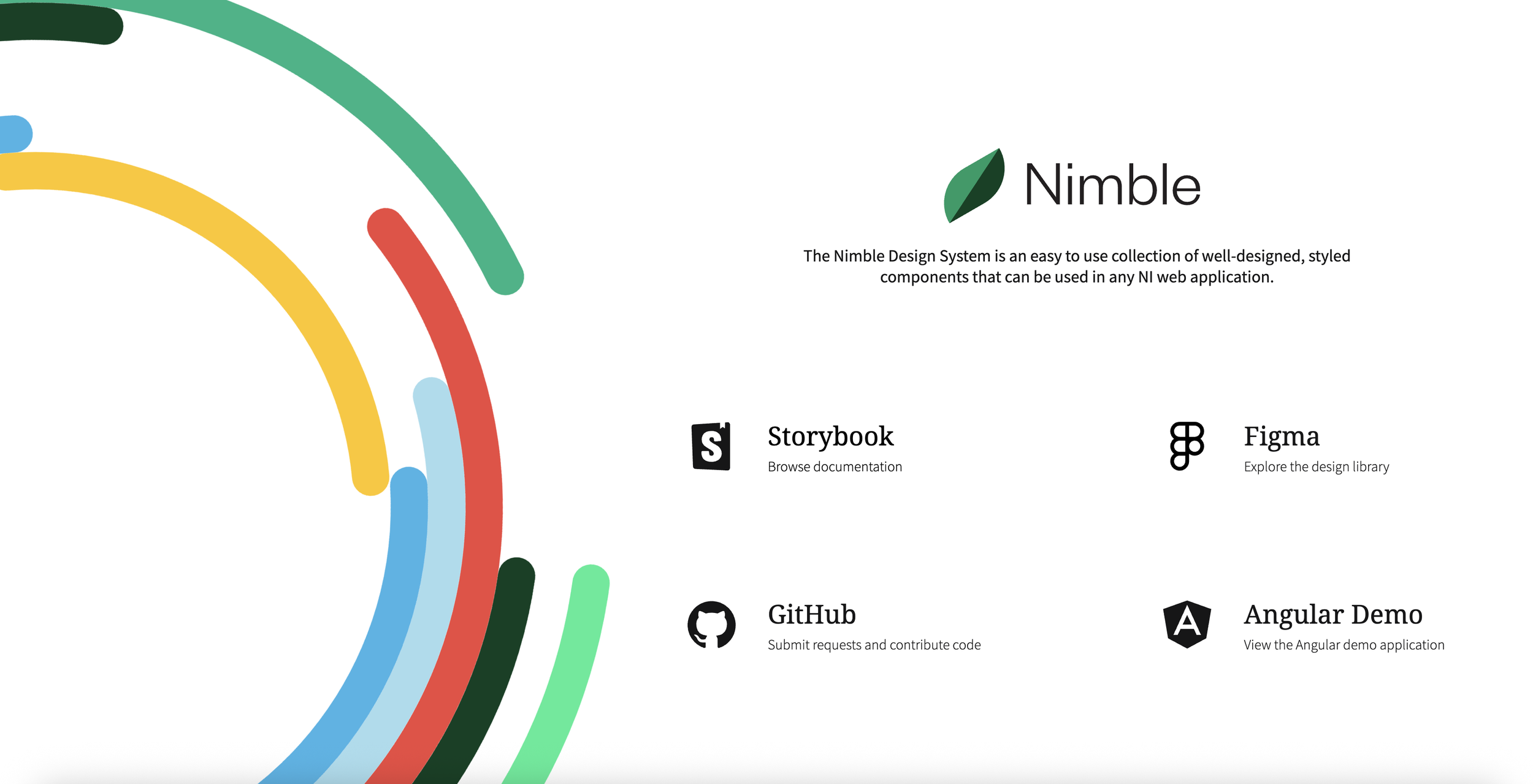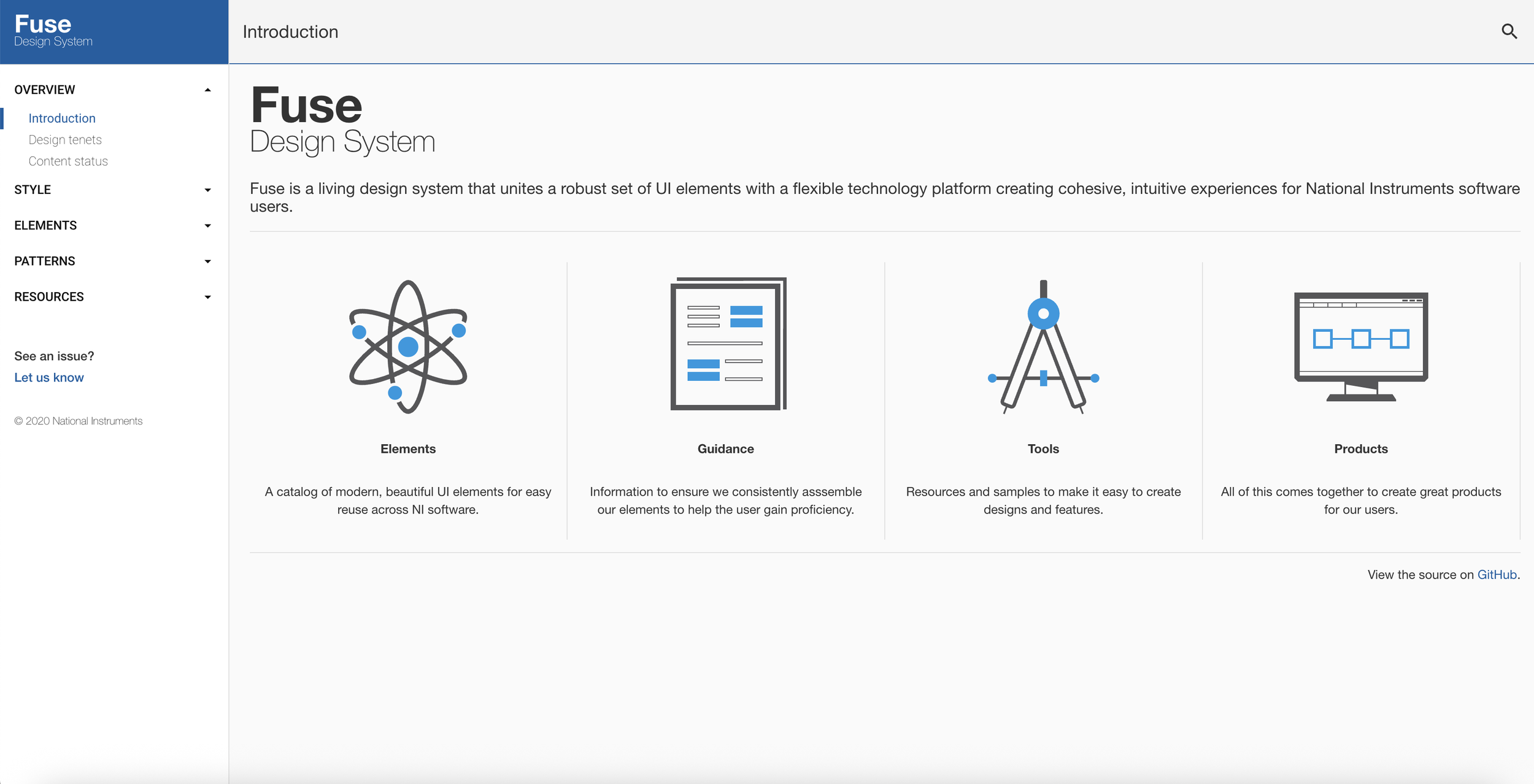UX Designer
James Hyland, an award-winning product designer, brings a decade of experience in the test and measurement industry, creating user-centered designs that have directly driven significant revenue increases. Discover how he leverages user research, usability testing, and interaction design skills to validate designs that deliver both exceptional experiences and tangible business growth.
Hello,
I’m James Hyland, a creative leader and UX designer based in Austin, TX.
About me
I am a principal product designer at NI Emerson (think Home Depot for scientist and engineers) and a Creative Ambassador for Adobe.
As a designer, I would describe myself as a selfless soldier dedicated to delivering desirable and empowering products and experiences.
I support multiple engineering teams across multiple software products for an array of engineers' needs.
I support the development of junior designers, help develop and maintain a design language for NI software products, help increase design IQ within the entire company, and created and run an internal testing program designed to continuously improve our products.
I am also a Board Member of Austin Community College's UXUI Advisory Board, where I help ensure their design curriculum aligns with the evolving skills required of today's UX graduates.
Process
I work closely with users, Product Owners, UXers, Technical Writers, and Engineers at every stage of the design process. This collaborative approach consistently yields outstanding results, fosters a positive team vibe, and enhances design expertise across various disciplines. This helps secure early support from all stakeholders involved in the project. This close collaboration allows all to see the design process up close and understand the amount of data and intention that goes into our decision making.
-
User-Centric Focus: Discovery involves a deep dive into understanding user needs, desires, and challenges.
Business Alignment: It's essential to grasp overarching business objectives and desired outcomes.
Comprehensive Research: The process includes activities like stakeholder interviews, competitor analysis, and pattern recognition.
Stakeholder Unity: Early stakeholder interviews not only uncover user goals but also align team members, addressing any discrepancies to ensure a shared vision.
-
I cultivate numerous solutions using wireframes and prototypes, involving the team in design critiques.
Thorough discussions uncover strengths and weaknesses among potential solutions.
Usability tests validate the most promising concepts, enabling a streamlined exploration and design refinement process.
My approach fosters critical thinking to ensure alignment with desired goals, promoting honest evaluations within the team.
-
I meticulously fine-tune microinteractions, visuals, and language to ensure intuitiveness, consistency, and human-centricity.
After building confidence in the design, additional usability tests are conducted for any necessary adjustments and iterative enhancements.
-
Following successful usability tests, I prepare a detailed specification document. It outlines screen state behaviors and visual design guidelines.
This document serves as the ultimate hand-off between the designer and the lead engineer, guiding feature implementation.
While processes provide a roadmap, the reality of design challenges is often a dynamic journey with unforeseen variables. I thrive in adapting, conducting thorough research, fostering a safe space for designers, showcasing my work, and instilling confidence in ideas. At the core, it's about building a resilient team and reinforcing collective confidence in our creative journey.
UX Vision
I define a UX vision as a shared, forward-looking narrative that aligns user needs with business goals and guides design decisions across the product lifecycle. It’s not just about a visual aesthetic, it’s a strategic north star that inspires the team, shapes priorities, and ensures consistency.
To define the vision, I start by deeply understanding the users through qualitative and quantitative research, mapping their journeys, pain points, and unmet needs. I layer that with stakeholder input, business goals, and product roadmaps to create a vision that’s grounded in real-world constraints but forward-thinking.
To communicate it, I often use storytelling through vision decks, future-state journey maps, interactive prototypes, or even short videos. I tailor the format depending on the audience: strategic for executives, operational for product and engineering, and inspirational for the design team. I also build rituals around it, like quarterly vision reviews or design critiques tied back to the vision, so it’s not just a one-off presentation but a living framework that the team rallies around.
Projects
AI Advisor
Client: NI Software R&D - LabVIEW and TestStand
Top Skills: UX Research, Interaction Design, Visual Design
Business Impact: The AI Advisor developed at NI Emerson, transforms how engineers interact with LabVIEW and TestStand, unlocking unprecedented efficiency in test and measurement workflows. By providing instant explanations of VIs and step-by-step guidance in TestStand, the AI Advisor accelerates onboarding, reduces friction in daily tasks, and empowers engineers to focus on innovation over troubleshooting.
Details: The AI Advisor transforms how engineers interact with LabVIEW and TestStand to unlock unprecedented efficiency in test and measurement workflows.
Specification Integration
Client: NI Software R&D - TestStand
Top Skills: UX Research, Interaction Design, Visual Design
Business Impact: The release of the specification integration tool in TestStand introducs a major improvement in how validation teams handle product requirements during test development. By enabling users to extract, organize, and directly map product specifications to test measurements and input conditions, the tool eliminated a significant source of manual effort and inconsistency.
This has several measurable business impacts:
Reduced test development time, allowing engineering teams to bring products to validation readiness faster.
Improved traceability and alignment between design intent and test implementation, reducing the risk of missed requirements and costly rework.
Increased test coverage confidence, enabling teams to identify gaps early and improve the overall quality of their test strategies.
Enhanced scalability, giving organizations a structured workflow that can support growing product complexity and evolving compliance requirements.
Details: By streamlining the connection between design specifications and automated test development, this tool positions TestStand as a more integrated, efficient, and intelligent platform for validation engineering, ultimately helping customers accelerate time to market while improving quality and reducing risk.
Design Systems
Client: NI Software R&D
Top Skills: Interaction Design/Updates, Production Strategy, Knowledge of UX Best Practices
Business Impact: Enhanced User Satisfaction, Increase Developer Efficiency, Improve Software Product Consistency
Details: Substantial multiyear initiative for the Fuse Design System. NI initiated the development of Nimble, a fresh, improved, and faster design system. Collaborative efforts eventually led to the full staffing and evolution of Nimble, marking a significant stride in enhancing our design ecosystem.
InstrumentStudio Sequencer
Client: NI Software R&D
Top Skills: UX Research, Interaction Design, Visual Design
Business Impact: The Sequencer in NI InstrumentStudio directly addressed key business objectives by offering significant time savings in test automation, which drove increased software adoption, particularly among Python users seeking more integrated workflows. This boost in user productivity, coupled with the Sequencer's advanced capabilities, strengthened InstrumentStudio's competitive position within the market.
Details: I designed the sequencer in InstrumentStudio to empower engineers to automate complex test workflows. The Sequencer allows users to easily combine instrument settings and measurements into automated sequences, making complex, multi-step tests more efficient and repeatable.
Testimonials
“James is the designer everyone wants to work with -- designers, product managers, developers, and business leaders. He quickly learns new domains, synthesizes business and user outcomes, empathizes with target users, and drives towards aligned product teams by clearly communicating these various perspectives.
His designs are thoughtful and successful. He incorporates existing patterns AND strategically identifies when a new pattern is needed. When designing a new interaction pattern for a specific project, he quickly does some expanded discovery to deliver a set of patterns that can also solve for adjacencies (without increasing development scope). Whenever James is on a team, I know that team will be well-served from a UX craft perspective.”
Jen Loy - Product Design Executive
“James is a fantastic designer. Absolutely brilliant. He has the most calm and even temperament of any person I think I have ever met, and yet he is the type of designer that just gets things done. I can't think of too many designers I have had the pleasure to work with that gave me more confidence in their abilities than James. I knew any project with him on it would be a success. He is just so talented.”
Everett Hiller - Lead UX Designer
“James is extremely strong in storytelling. He has an innate ability to simplify ridiculously complex concepts and explain the challenges in plain English that people are able to quickly grasp and understand enough to be on the same page and offer feedback that is meaningful.”
Jeremy Payne - UX Manager




